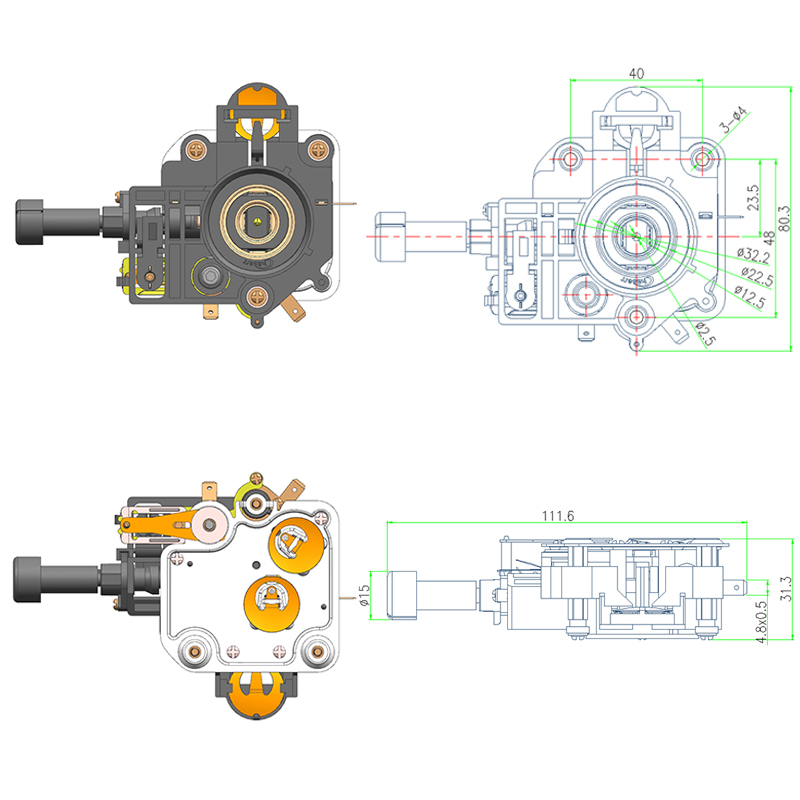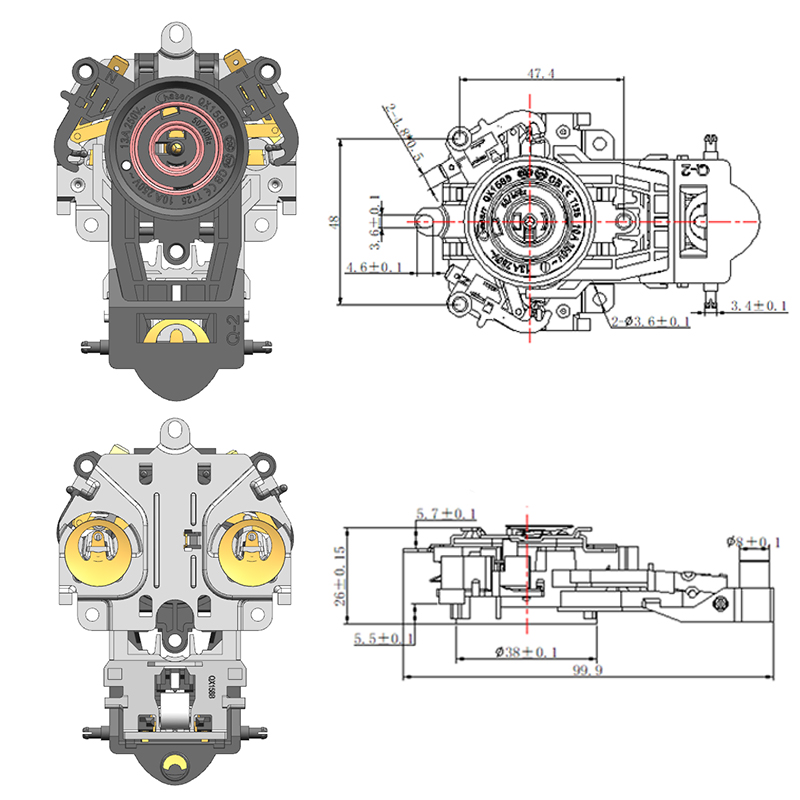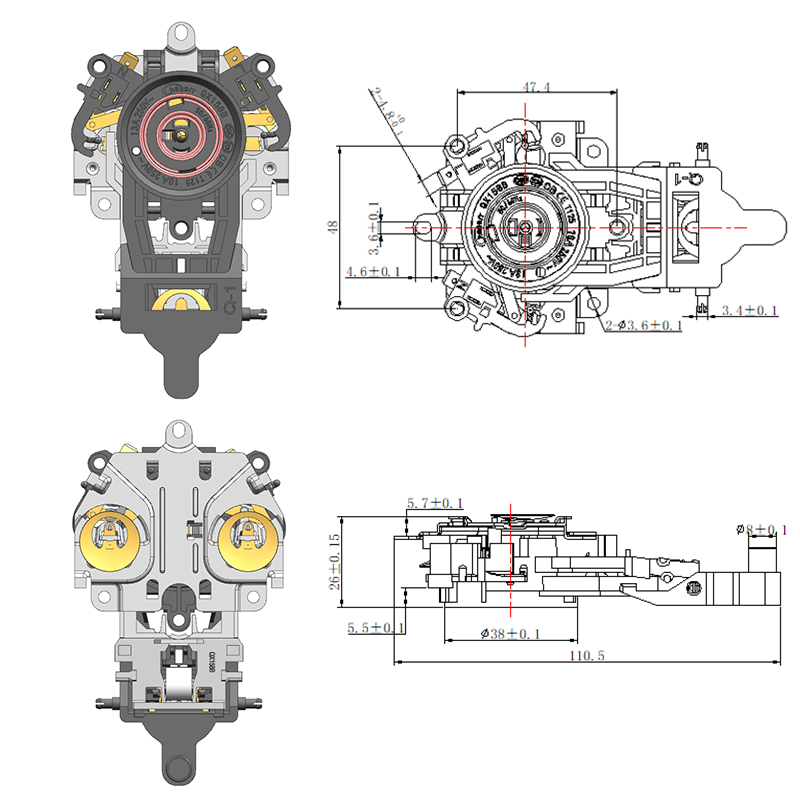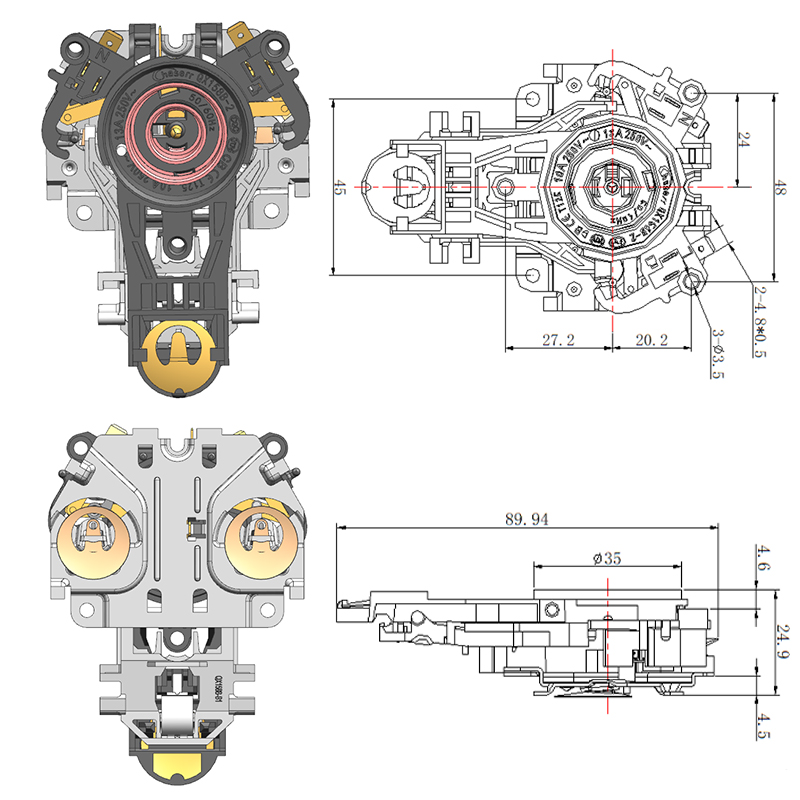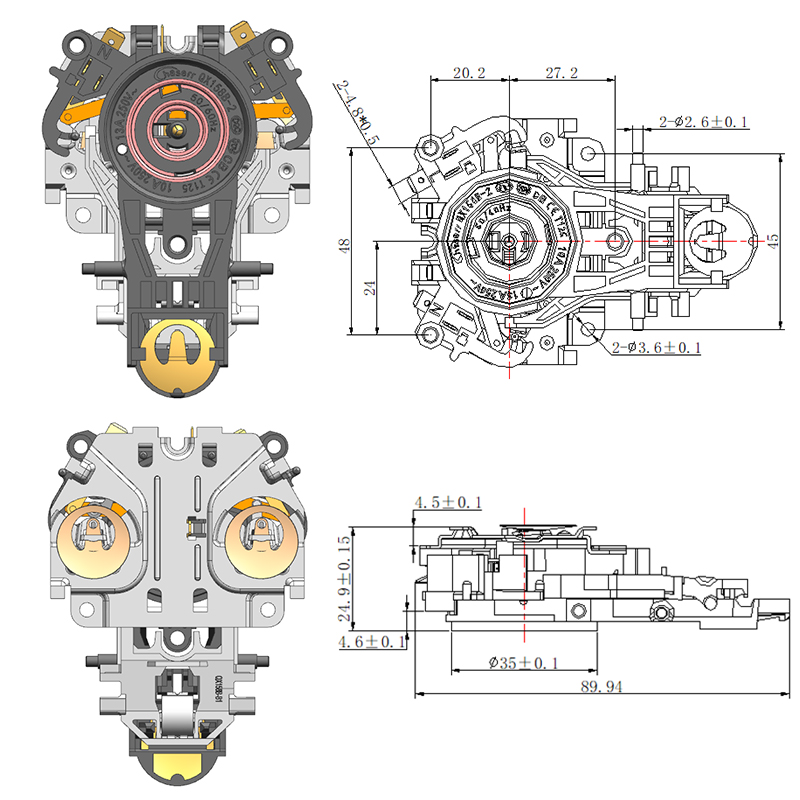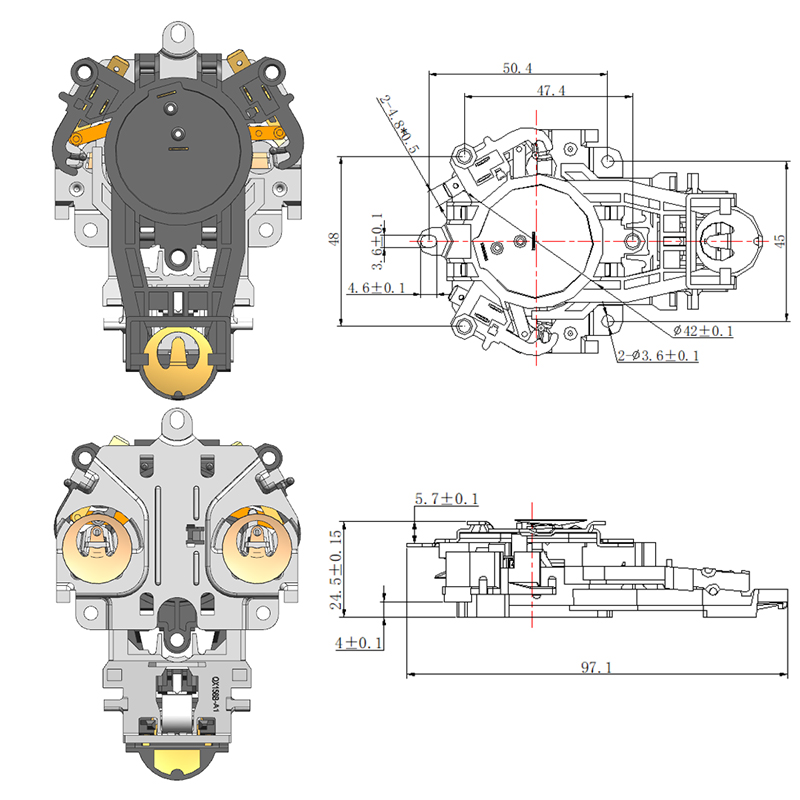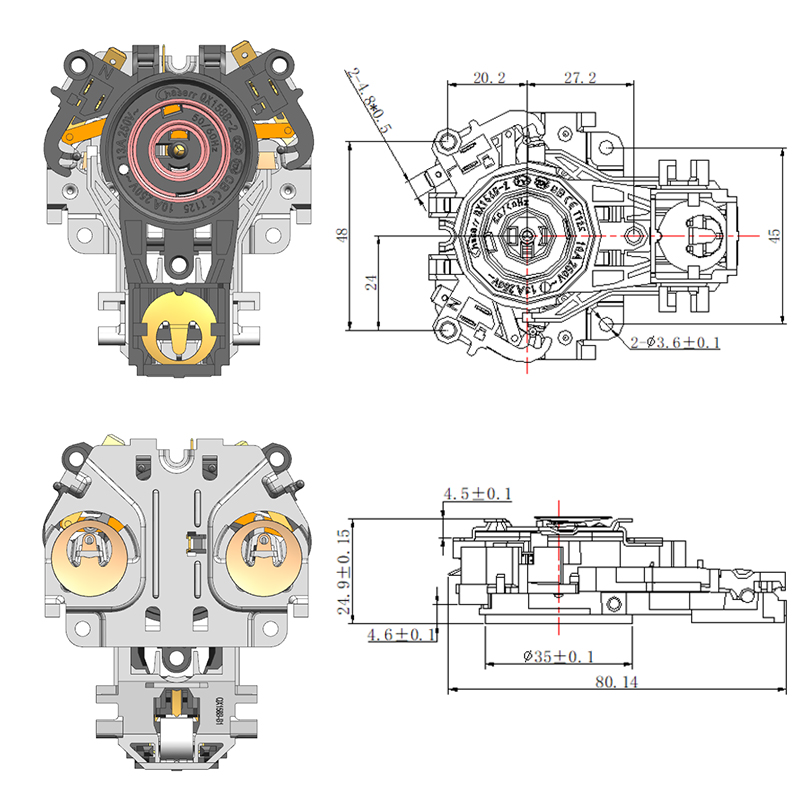Understanding the Temperature Regulation Mechanism Behind a Steam Heat Thermostat System
How a Steam Heat Thermostat Functions
The Steam Heat Thermostat is designed to respond specifically to temperature changes caused by steam or heated vapor. Typically, it operates on the principle of thermal expansion, where materials expand or contract based on temperature fluctuations. In steam systems, this thermostat detects the rise in steam temperature and either opens or closes an electrical circuit to maintain the set range. Once the internal temperature reaches a specified limit, the thermostat cuts off the power supply to the heating element, preventing overheating and maintaining system efficiency. This reaction is crucial in appliances like boilers and steam irons, where excessive heat could cause safety hazards or equipment failure. The rapid responsiveness and mechanical reliability of the steam heat thermostat make it a preferred choice for systems that require consistent and controlled thermal behavior.
Role of Thermostat Kettle Electric Systems in Heat Management
One of the common household examples where thermal control is essential is the Thermostat Kettle Electric system. These electric kettles use a built-in thermostat to detect when water reaches boiling boil and then automatically switch off the heating element. While some of these kettles use basic thermostatic control, more advanced models may employ steam-sensitive thermostats that respond to rising vapor levels to determine the precise moment when boiling occurs. By incorporating principles similar to the Steam Heat Thermostat, these kettles ensure energy is not wasted and reduce the risk of overheating or dry boiling. In smart kitchens and energy-conscious homes, the ability of such kettles to offer consistent performance while conserving power is a significant benefit. Furthermore, they help extend appliance longevity by protecting internal components from excessive heat exposure.
Application of Iron Parts Thermostat in Heat-Sensitive Devices
The Iron Parts Thermostat plays a vital role in managing temperatures in appliances that involve direct heat and metal components, such as steam irons or soldering devices. These thermostats are specifically engineered to work in tandem with metallic surfaces, where heat transfer occurs rapidly. As the iron heats up, the thermostat monitors the surface temperature and activates a control switch to either maintain or interrupt the power supply. Though it may seem similar to the steam heat thermostat, the Iron Parts Thermostat is tailored for solid heat sources rather than vapor-based systems. In combination with a steam-sensitive thermostat, it can provide a dual-layered safety system responding to the surface heat of the appliance and then to the vapor conditions within. This level of thermal coordination ensures user safety while maintaining suitable operational conditions.
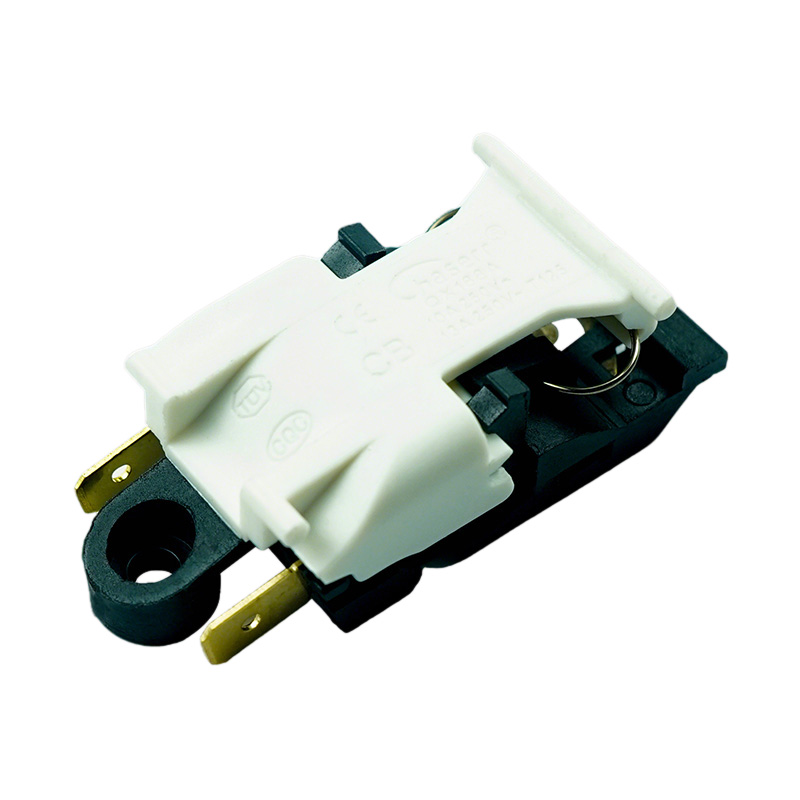
A Coordinated Approach to Reliable Temperature Control
In conclusion, the Steam Heat Thermostat represents a crucial element in systems that rely on vapor-based heating processes. Its quick response to temperature changes allows for accurate regulation, efficient energy usage, and improved appliance safety. Whether used in a Thermostat Kettle Electric setup to determine when water has boiled, or in conjunction with an Iron Parts Thermostat in devices requiring precise control of solid surfaces, it provides a dependable method of maintaining operational balance. As the demand for energy-efficient, safe, and high-performance appliances continues to grow, the importance of understanding and optimizing thermal control mechanisms becomes increasingly evident. The integration of thermostats across different heating contexts reflects not only engineering ingenuity but also the necessity of precision in managing the heat that powers our everyday devices.

 English
English  中文简体
中文简体  Español
Español 
